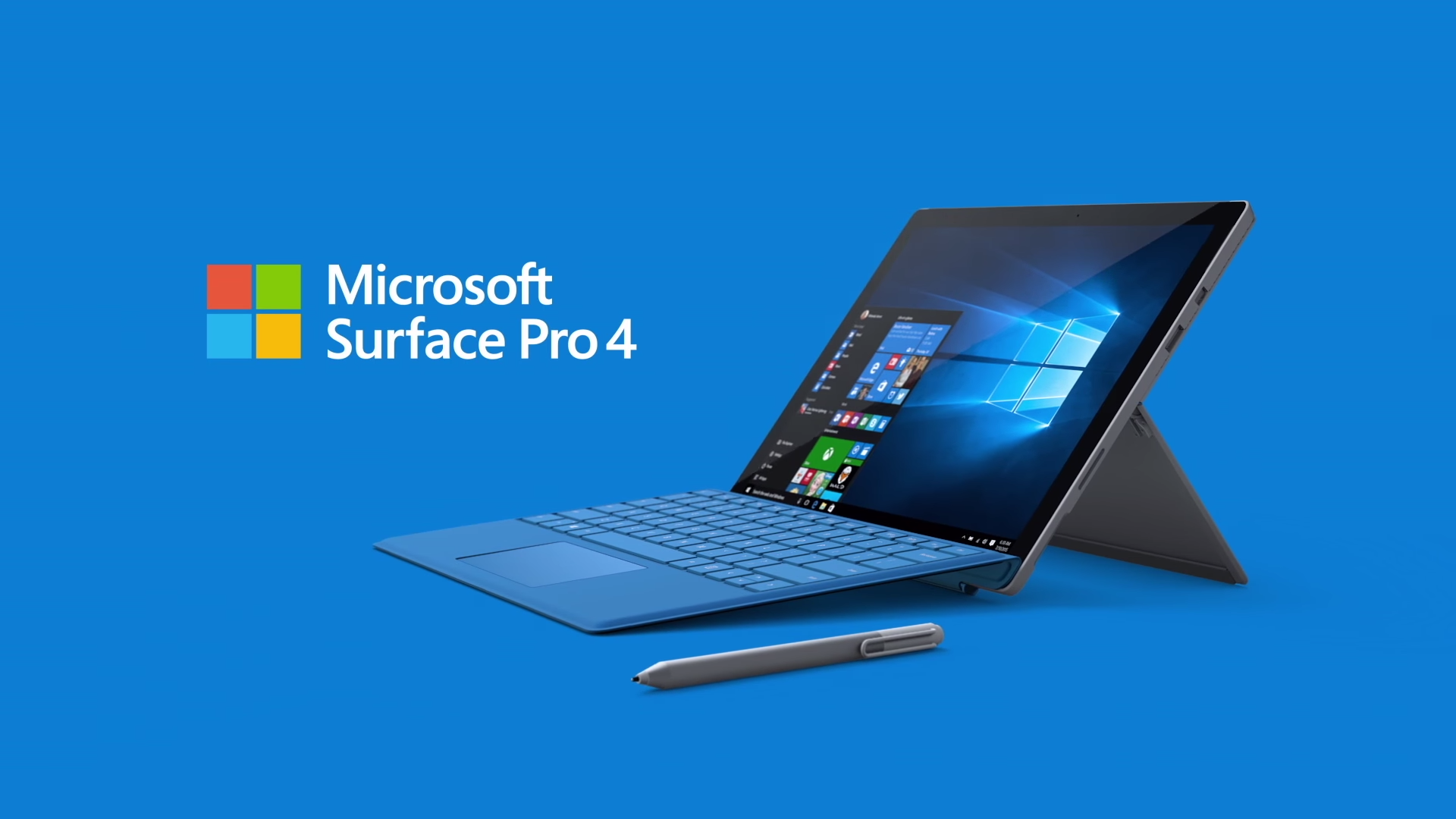Surface Pro 4 Updates – How To Disable Automatic Restart After Updates

You love how your Surface Pro 4 quietly identifies the latest updates and starts running them in the background, right? But you probably hate just as much when all of a sudden, right when you were in the middle of something important, your device restarts. It just finished some important updates. Don’t worry we’ll be explaining on how to disable automatic restart on Surface Pro 4 in this article.
Here’s what you should know. Surface Pro 4 is the most complex OS that Microsoft released so far. One of the reasons why it performs so well is the fact that it receives constant updates, almost on a weekly basis. Important fixes are introduced, useful patches are implemented, the system installs it automatically and then, it has to reboot, for the changes to take effect. Thus many people don’t like the automatic reboot process and want to know the process for Surface Pro 4 disable automatic restart.
But you don’t want to have to wait every time Windows tells you to wait. It can run the updates and just postpone the restart, so you won’t have to postpone your work. In this article, we’re going to show you how to disable automatic reboot after updates installation in Surface Pro 4.
Want to get rid of this problem but don’t feel comfortable with Surface Pro 4 disable automatic restart? We have something extra for you. We are also going to show you how to configure this annoying auto-reboot option without turning it off.
Method #1 – Turn off automatic reboot from the Settings App
This method will actually let you to set a schedule for when you allow auto-reboot and for when you want to block the reboot Windows process. Otherwise said, you will select some active hours. Outside of those active hours, the device should be able to automatically reboot after the updates.
For this:
- Go to Settings;
- Identify and click on Update and security;
- Identify and click on Active Hours;
- Edit the Start time and End time fields for the time frame when you want to block the auto-reboot.
Important:
If the restart process has already been scheduled, after the last step from above, you should click on the Restart Options link and edit the Time and Day fields. That way, you will be scheduling the restart for a time convenient to you for the disable automatic restart.
Method #2 – Disable automatic reboot from the Task Scheduler
Again, if updates were installed and you want to get the Surface Pro 4 disable automatic restart, you can go to the Task Scheduler and then:
- Follow the path: Task Scheduler Library > Microsoft > Windows > Update Orchestrator;
- Identify and right-click to the task labeled as Reboot;
- From the context menu that will show up, select the option Disable.
Method #3 – Disable automatic reboot from the Group Policy
The Group Policy editor can serve for many useful purposes and Surface Pro 4 disable automatic restart is one of them. Here’s what you need to do:
- Launch the Run box by simultaneously pressing the Windows key and the R key from your keyboard;
- In the newly opened box type in msc;
- Press Enter or hit the OK button to launch the Local Group Policy Editor;
- Follow the path: Computer Configuration > Administrative Templates > Windows Components > Windows Update;
- On the right-hand panel, identify the setting that says “No auto restart with logged on users for scheduled automatic updates installations” and right-click on it;
- From the context menu that will show up, select the option Enabled.
- Click OK for the changes to take place.
Method #4 – Disable automatic reboot from the Registry Editor
There are numerous Windows tweaks that you can do from both the Group Policy and the Registry editors. This method of disabling automatic reboot after updates installation should work flawlessly with all Surface Pro 4 editions, so here are the steps to implement disable automatic restart:
- Launch the Run box by simultaneously pressing the Windows key and the R key from your keyboard;
- In the newly opened box type in regedit;
- Press Enter or hit the OK button to launch the Registry Editor;
- Follow the path: HKEY_LOCAL_MACHINE > SOFTWARE > Policies > Microsoft > Windows > WindowsUpdate > AU;
- If you don’t find an AU key, you will simply have to create it inside the WindowsUpdate folder;
- Create a DWORD-32 new value;
- Edit the newly created value and name it NoAutoRebootWithLoggedOnUsers;
- Double-click on the newly created value to edit it and type in 1;
- Click OK for the changes to take effect.
Following these steps, you will get the chance to decide whether you want to:
- Update and restart
- Update and shut down
If you enjoyed what you’ve learned, tell us in the comments below what method would you prefer most and why!
















